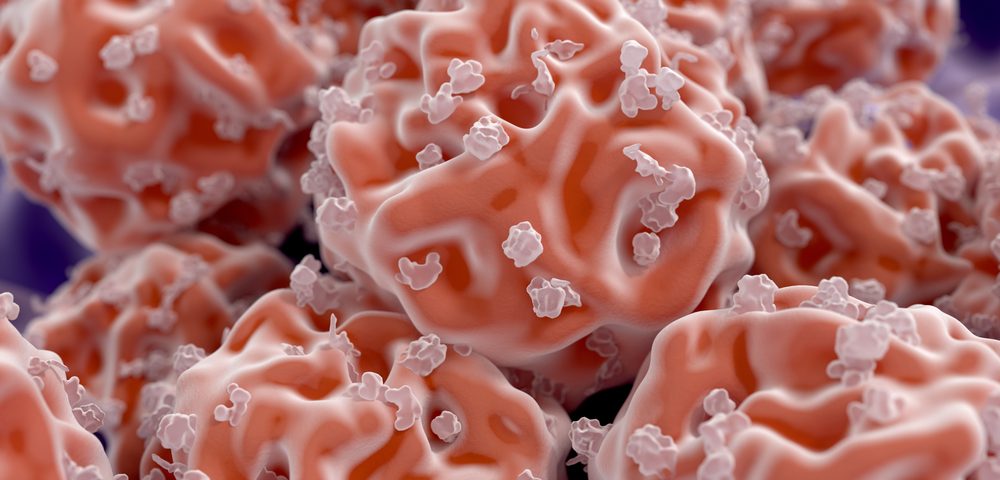Chinese medical scientists used stem cell transplants to rejuvenate the damaged lungs of two bronchiectasis patients, a study reports.
An article on the pilot clinical trial’s results appeared in the journal Protein & Cell. It was titled “Regeneration of functional alveoli by adult human SOX9+airway basal cell transplantation.”
The first step that the Tongji University researchers took was to identify lung cells they might be able to use as stem cells. The cells they chose contained the stem cell biomarker Sox9.
Next the team isolated the cells they might be able to use from the other cells they found in a sample of lung tissue. They worked with Ren Tao, a doctor at Shanghai East Hospital, on this task. Because lung stem cells represented a tiny fraction of the cells the team isolated, they expanded them in the lab.
Importantly, they were able to expand the cells in a way that prevented mutations, which could have harmed the patients once transplanted.
Before they introduced the stem cells to humans, they tested their regenerative capacity in mice with damaged lungs. Within three weeks the human stem cells had attached themselves to the mice’s lung cells.
A careful analysis showed that the human stem cells had triggered the formation of functional respiratory units in the mice’s lungs. The units consisted of bronchial and alveolar structures surrounded by capillaries.
In addition, the healthy human tissue replaced the scarred tissue in the damaged lungs, and the mice recovered lost respiratory function.
“The anatomical structure and development process of human lungs are quite different from that of mice,” Wei Zuo, the study’s lead author, said in a press release. “Only by directly studying human subjects can we get close to the truth and finally solve the real medical problem.”
So after the mice experiments, the team collaborated with researchers from China Army University’s Southwest Hospital and Regend Therapeutics on the clinical trial in humans.
The team isolated lung stem cells from two bronchiectasis patients, expanded them, then delivered them to the patients’ lungs with a tube known as a bronchoscope that has a tiny camera on the end.
Within three months of the transplants, the patients began recovering lung function. Within a year they were experiencing less shortness of breath and coughing.
Twenty months after the transplants, “Patient 1 described improvement of dyspnea [shortness of breath], improvement of exercise capacity,” less coughing and fewer bronchiectasis flare-ups, the researchers wrote. The other patient also experienced less coughing and fewer flare-ups.
“Stem cell transplantation is quite effective,” said Xiaotian Dai, the lead physician in the trial. “We will continue the study by expanding the cohort [patient population] size, including a control group and carrying out a long-term continuous observation” of patients’ response, he said.
Stem cell therapy’s effectiveness depends largely on the quality of the cells, so the team is complying strictly with Chinese and U.S. regulators’ quality management standards, said Lifeng Wang, Regend Therapeutics’ chief quality officer.
The team has already performed 80 stem cell transplants in patients with interstitial lung disease, COPD, bronchiectasis, and other disorders.
With stem cell transplants, “chronic lung diseases could be conquered within five years,” Zuo suggested.

